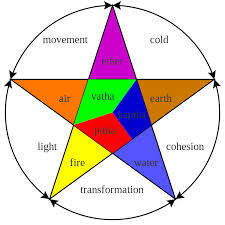Aromatherapy

***Disclaimer: This blog is not meant to be used as legal or medical advice. It is written as my person perspective on how medical professionals could blend western medicine with other modalities*** Aromatherapy is a rather broad topic. This is a modality that I engage in and was happy to research. It includes such a variety of products, that this will be a topic I come back to in the future. Technically, it includes using aroma as medicine; however, it is generally agreed within typical users that it refers specifically to the volatile or essential oils of a variety of products. The proposed (and not well understood) mechanism of action is that the inhaled chemicals enter the blood stream through the lungs or trigger synapses in the nose which relay directly with the limbic system in the brain. We do know that the nerves associated with the sense of smell route directly into the brain without going through the brain stem. We also kn...


